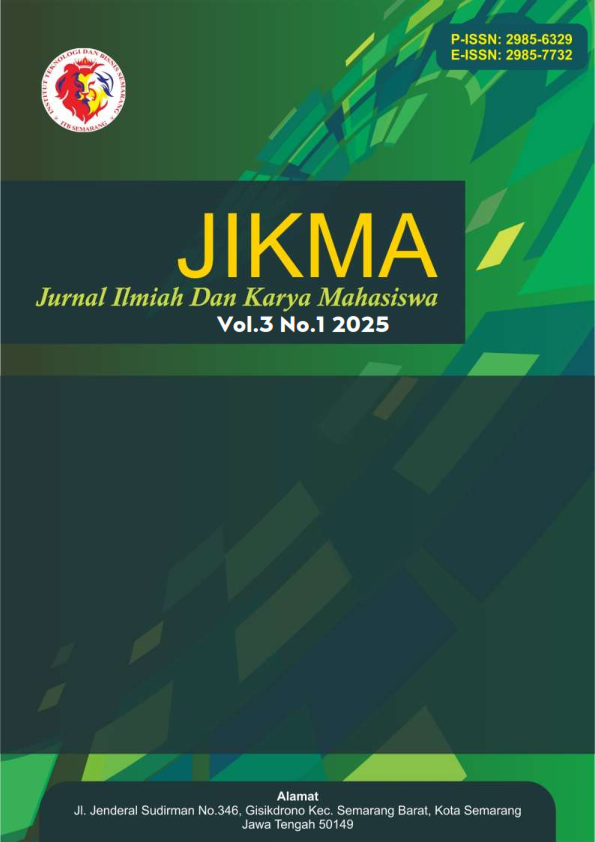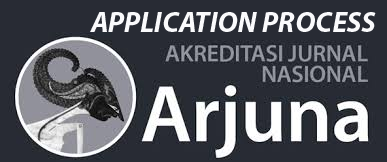Analisis Dampak Sosial Ekonomi Eksistensi Alfamidi Terhadap Toko Kelontong di Distrik Heram, Kota Jayapura
DOI:
https://doi.org/10.54066/jikma.v3i1.2984Keywords:
Alfamidi, Grocery Store, Socio-economic Impact, GIS, SWOTAbstract
The presence of modern minimarkets such as Alfamidi in Heram District, Jayapura City, has had a significant impact on the sustainability of traditional grocery stores. This study aims to analyze the distribution pattern of Alfamidi and the socio-economic impact on grocery stores in Heram District. The research method used is a combination of quantitative and qualitative through surveys, interviews, and spatial data analysis using Geographic Information Systems (GIS). The results showed that Alfamidi's strategic location, modern facilities, and digital services provide a competitive advantage that attracts consumers, but at the same time causes a decrease in traditional grocery store revenues of up to 30%. Alfamidi's uniform distribution pattern with a wide range of services facilitates community access, but increases local economic inequality. Research recommendations include collaboration between minimarkets and grocery stores to create economic balance, as well as zoning regulations by the government to support small business sustainability. Using SWOT analysis, this research provides insights into the challenges and opportunities in maintaining local economic sustainability in the modern era.
References
Alir, D. (2005). Metodologi Penelitian. Jakarta: Erlangga.
Badan Pusat Statistik Papua. (2022). Statistik Kota Jayapura 2022. Jayapura: BPS Papua.
Baskara. (2022). Analisa SWOT: Pengertian, Manfaat, Tujuan, dan Cara Penggunaan. Yogyakarta: Andi Offset.
Christaller, W. (1933). Central Place Theory. Berlin: Germany Press.
ESRI. (2018). Introduction to GIS Mapping. Redlands: ESRI Press.
Hidayati, A. (2018). Strategi Lokasi dalam Bisnis Ritel. Yogyakarta: Andi Offset.
Ma'ruf, H. (2006). Manajemen Retail. Jakarta: Gramedia.
Nisa, L. S. (2011). Pengaruh Minimarket Terhadap Warung Tradisional di Kalimantan Selatan. Jurnal Ekonomi Tradisional, 5(1), 45-56.
Putri, R., & Santoso, D. (2020). Pengaruh Minimarket terhadap Konsumen Lokal. Jakarta: UI Press.
Rachbini, D. J. (2011). Analisis Dampak Sosial Ekonomi Minimarket Modern. Jakarta: Ghalia Indonesia.
Sugiyono. (2014). Metode Penelitian Kombinasi (Mixed Methods). Bandung: Alfabeta.
Susilo, H. (2011). Ekonomi Sektor Informal di Indonesia. Jakarta: Erlangga.
Tarigan, R. (2006). Teori Lokasi dan Pola Ruang. Surabaya: ITS Press.
Utami, C. W. (2010). Pengaruh Atmosfer Gerai dan Pelayanan Ritel terhadap Nilai Hedonik dan Pembelian Impulsif Pelanggan. Jurnal Administrasi Bisnis, 8(2), 50-65.
Yistiani, N. N. M., Yasa, N. N. K., & Suasana, I. G. A. K. G. (2012). Pengaruh Atmosfer Gerai dan Pelayanan Ritel terhadap Nilai Hedonik. Sosio e-Kons, 10(2), 179-187.
Downloads
Published
How to Cite
Issue
Section
License
Copyright (c) 2025 Jurnal Ilmiah Dan Karya Mahasiswa

This work is licensed under a Creative Commons Attribution-ShareAlike 4.0 International License.







